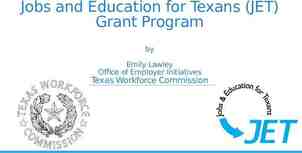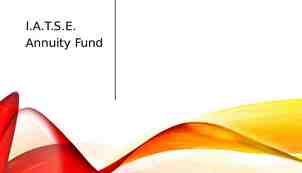Fixed Assets (Capital Assets) CAS 500 – Audit Evidence CAS
13 Slides139.00 KB
Fixed Assets (Capital Assets) CAS 500 – Audit Evidence CAS 520 Analytical Procedures Fixed Assets 1
The Nature of Capital Assets Typically capital assets are used in manufacturing Operational use and normal life of greater than one year Fixed Assets 2
Tracking Capital Assets Large organizations The source of information for Small organizations may have a manual listing of such assets Fixed Assets 3
Audit Emphasis for Manufacturing Asset Additions Emphasis is on auditing For tax purposes Amortization and accumulated amortization Fixed Assets 4
Categories of Audit Tests for Capital Assets Audit emphasis is the verification of: Current-year acquisitions Current-year disposals The ending balance in the asset account Amortization expense The ending balance in accumulated amortization For tax purposes Fixed Assets 5
Analytical Procedures for Capital Assets Compare amortization expense divided by gross manufacturing equipment cost with previous years Compare accumulated amortization divided by gross manufacturing equipment cost with previous years Compare monthly or annual repairs and maintenance, supplies expense, small tools expense, and similar accounts with previous years Compare gross manufacturing cost divided by some measure of production with previous years Fixed Assets 6
Verification of Asset Balances Relevant internal controls over existing assets Audit tests Agree last years ending balances How about asset additions and disposals? Fixed Assets 7
Verification of Current Year Acquisitions Important because Starting point is normally a continuity schedule prepared by the client An important technique is examination of Fixed Assets 8
Verification of Current Year Disposals The most important internal control over disposals is the existence of a formal method to inform management The most important audit procedures are Vouch disposal to Fixed Assets 9
Verification of Amortization Expense and Accumulated Amortization Amortization Expense Primary audit objectives involve determining whether the client is: Accumulated Amortization Debits are normally tested as a part of Credits are verified as part of Fixed Assets 10
Financial Statement Presentation of Fixed Assets On the balance sheet: On the income statement: In the notes: Fixed Assets 11
Audit of Prepaid Expenses Prepaid expenses arise from the concept of matching expenses with revenues Prepaid insurance is a common expense Look at the file of insurance policies in force Fixed Assets 12
Problem DC 12-15 Page 691 You are the auditor of Bittern Inc. Bittern’s long-standing policy is to capitalize all repairs and maintenance payments that exceed 10,000, without assessing the nature of the expenditure. Many of Bittern’s building and equipment are aging, and repairs are becoming frequent and more expensive. You have concerns that a material amount of building repairs and maintenance expense is being capitalized, so you undertake a detailed examination of all the building asset additions during the current year. Your analysis indicates that approximately 400,000 of repairs expense has been capitalized as building in the current year. Materiality for the audit is 500,000. In the prior year’s audit, the staff noted approximately 100,000, of repairs expense had ben capitalized, but no adjustment was recorded. The estimated useful life of Bittern’s buildings is 25 years, and the average remaining useful life of their buildings is approximately 8 years. Required: a)Describe the impact of the above error on the current-year financial statements and the impact it will have on future periods’ financial statements when the error reverses, if it is not adjusted. b)Describe the impact the unadjusted error from the prior year will have on the current year’s financial statements. c)State whether you would require Bittern to adjust for this error, and support your conclusion. If you require an adjustment, provide the required journal entry. d)What recommendation would you include in the management letter relating to the situation above? Fixed Assets 13


















